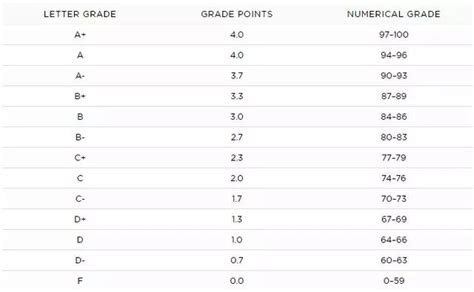Title: Getting Started with Word Automation using Python
Microsoft Word is a powerful tool for creating documents, but sometimes manual editing can be timeconsuming, especially when dealing with repetitive tasks or large volumes of documents. Thankfully, with Python's `pythondocx` library, you can automate various tasks in Word, from creating new documents to modifying existing ones. In this guide, we'll explore how to get started with Word automation using Python.
Introduction to Word Automation with Python
Word automation refers to the process of programmatically interacting with Microsoft Word through code, allowing you to perform various tasks such as creating, modifying, and formatting documents automatically. Python provides several libraries that facilitate Word automation, with `pythondocx` being one of the most popular choices.
Setting Up Your Environment
Before we begin, ensure you have Python installed on your system. You can download it from the official Python website and follow the installation instructions.
Next, install the `pythondocx` library using pip, the Python package manager. Open your command line interface and enter the following command:
```bash
pip install pythondocx
```

Once installed, you're ready to start automating Word tasks using Python.
Basic Operations with pythondocx
Let's dive into some basic operations you can perform with `pythondocx`:
1. Creating a New Document
You can create a new Word document using the following code snippet:
```python
from docx import Document
Create a new Document object
doc = Document()
Add content to the document
doc.add_heading('Document Title', level=1)
doc.add_paragraph('This is a paragraph.')
Save the document
doc.save('new_document.docx')
```
2. Opening an Existing Document
To open an existing Word document, use the `Document` class constructor and specify the file path:
```python
from docx import Document
Open an existing document
doc = Document('existing_document.docx')
```
3. Modifying Document Content
You can modify the content of a document by accessing its paragraphs and runs:
```python
from docx import Document
Open an existing document
doc = Document('existing_document.docx')
Access the first paragraph and modify its text
doc.paragraphs[0].text = 'New Title'
Save the changes
doc.save('existing_document_updated.docx')
```
Advanced Operations
1. Formatting Text
You can apply various formatting styles to text, such as bold, italic, underline, and more:
```python
from docx.shared import Pt
from docx.enum.text import WD_PARAGRAPH_ALIGNMENT
Access a paragraph and apply formatting
paragraph = doc.add_paragraph('This is bold and italic text.')
run = paragraph.add_run()
run.bold = True
run.italic = True
```
2. Adding Tables
Adding tables to your document is straightforward:
```python
from docx import Document
doc = Document()
Add a table with 3 rows and 3 columns
table = doc.add_table(rows=3, cols=3)
Access cells and add content
table.cell(0, 0).text = 'Row 1, Column 1'
table.cell(0, 1).text = 'Row 1, Column 2'
```
Conclusion
Automating Word tasks using Python can significantly increase efficiency, especially when dealing with repetitive tasks or large volumes of documents. The `pythondocx` library provides a comprehensive set of features for interacting with Word documents programmatically. Experiment with the examples provided in this guide to explore further possibilities and streamline your document workflows.
Now that you've got a grasp on Word automation with Python, you can explore more advanced features and tailor your solutions to meet specific requirements. Happy coding!











